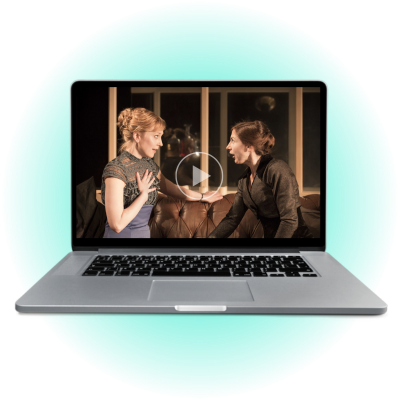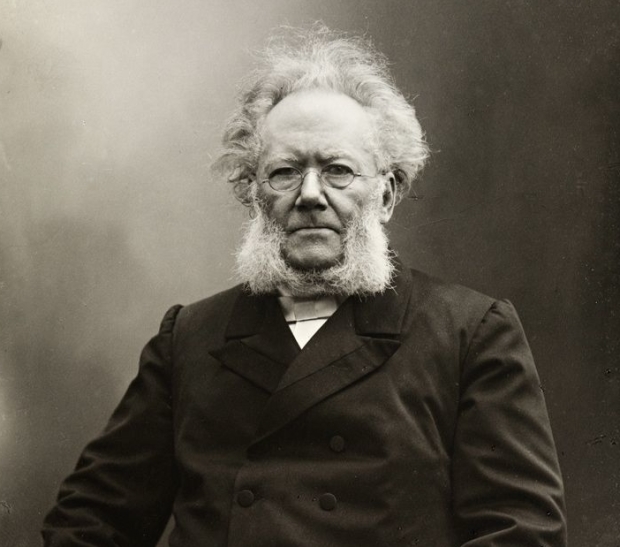|
|
Digital Theatre+, 2012 Directed by Carrie Cracknell, this production was captured live by Digital Theatre at London's Young Vic theatre, stars Hattie Morahan as Nora, and Dominic Rowan as Torvald, and was met with widespread critical and public acclaim. "Cracknell's dazzling production never makes a mistake. Hattie Morahan's spellbinding Nora keeps the stakes forever high, but no one's feelings are displayed too soon. Even audiences that know the play's trajectory are held in thrall." – Variety |
|
|
BBC, 1992 Juliet Stevenson plays Nora, a woman who finally revolts against her husband's perception of her as a 'doll-wife' in David Thacker's production for the television. "The burnished performances of Juliet Stevenson and Trevor Eve illuminate the BBC's A Doll's House." – L.A. Times
|
|
|
L.A. Theatre Works, 2011 Recorded before a live audience at the UCLA James Bridges Theatre, this audio production was directed by Rosalind Ayres, and sees Calista Flockhart as Nora Helmer, Tony Abatemarco as Dr. Rank, and Tim DeKay as Torvald Helmer.
|
Interviews & Documentaries
- On Acting: Dominic Rowan
- On Acting: Hattie Morahan
- On Directing: Carrie Cracknell
- On Design: Ian MacNeil
E-learning Videos
- Compare and Contrast: The Tarantella
- Unlocking Structure in A Doll's House
- Unlocking Language Techniques in A Doll's House
- Unlocking Character: Nora Helmer
Essays
- A Concise Introduction to Henrik Ibsen
Study Guides
- A Doll's House
- Unlocked: A Doll's House
Teaching Guides
- A Doll's House
- Discover, Explore, Assess
A Doll's House Lesson Plans
- Discussion: Contextualizing the play
- Virtual Learning Plan
- A Doll's House 60-minute Lesson Plans





%20and%20Hattie%20Morahan%20(Nora)%20_%20A%20Doll%E2%80%99s%20House%20(Digital%20Theatre+)%20_%20%C2%A9%20Johan%20Persson_Arenapal.png?width=220&height=220&name=Dominic%20Rowan%20(Torvald)%20and%20Hattie%20Morahan%20(Nora)%20_%20A%20Doll%E2%80%99s%20House%20(Digital%20Theatre+)%20_%20%C2%A9%20Johan%20Persson_Arenapal.png)
%20_%20A%20Dolls%20House%20%C2%A9%20BBC.png?width=220&height=220&name=Juliet%20Stevenson%20(Nora%20Hemler)%20_%20A%20Dolls%20House%20%C2%A9%20BBC.png)







